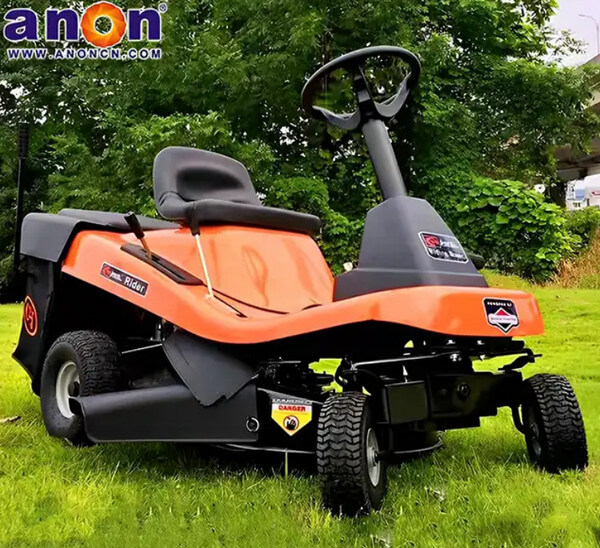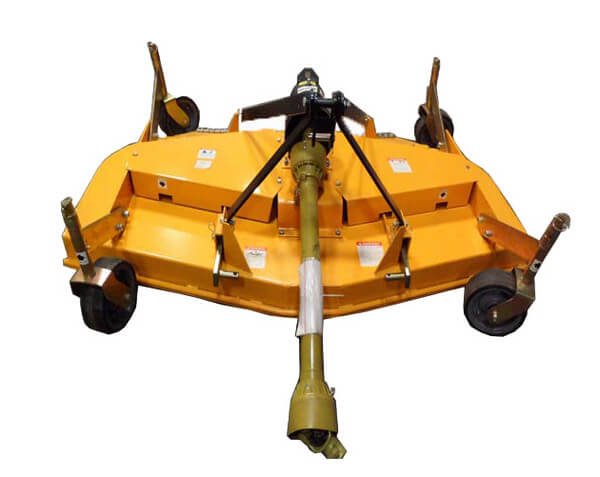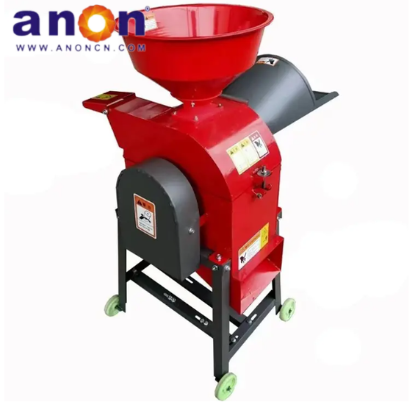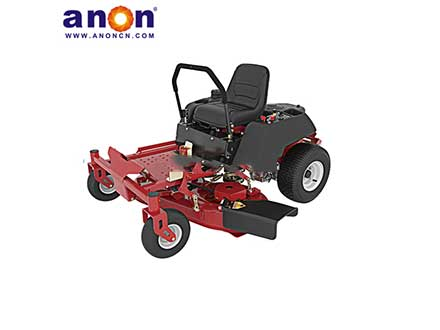Introduction
Choosing between a mower and a cutter for your agricultural needs is not just a matter of preference but a critical decision that affects the efficiency, cost-effectiveness, and overall success of your operation. To make an informed choice, several key elements must be evaluated that align with the specific requirements of the task at hand. These elements include the type of vegetation you are dealing with, the terrain of the work area, the size of the area to be managed, and the overall goal of the task. Each of these considerations plays an important role in determining whether a mower or cutter is the right tool for your needs.
Types of Vegetation
The type of vegetation you need to manage is probably the most critical factor in choosing a mower or cutter.

Mowers
Mowers are primarily used to manage pasture grasses, light weeds (purslane, crabgrass, amaranth, cocklebur, chickweed), and other groundcovers that grow relatively uniformly. Vegetation such as this is where mowers are very effective when the vegetation is not too lush or dense. For example, if you’re dealing with a well-maintained lawn, pasture, or meadow where the main goal is to mow the grass to a consistent height, then a mower is ideal. Mowers cut grass cleanly while providing an even cut that is both aesthetically pleasing and promotes healthy grass growth.

Cutters
Cutters, also known as brush cutters, unlike mowers that maintain well-kept lawns, are made to handle more difficult preparations. This includes thick bushes, dense undergrowth, and herbaceous plants with thick rootstocks (such as small trees). If the area you need to manage is full of these hardy plants that can survive the winter, a cutter is the best choice. For example, if the area you need to clear is located in the mountains or wasteland that has not been systematically managed for a long time and bushes, tall weeds, or young trees have made the area overgrown, then the cutter’s thick blades and sturdy body design are essential. The cutter is capable of cutting through dense vegetation that is difficult, if not impossible, for mowers to handle effectively.
Terrain
The terrain of the area where you plan to use the equipment is another important factor to consider in the decision-making process. The effectiveness of mowers and cutters can vary greatly depending on the terrain.
Mowers
Mowers are suited to work on terrain that is gentle or not too undulating. The design features of mowers allow them to work more efficiently on gentle terrain while keeping costs within a more appropriate range. This makes mowers ideal for work on residential lawns, golf courses, sports fields, or well-maintained farmland where the ground is relatively gentle. The design of the mower, especially those with a variety of adjustable cutting heights, makes it possible to ensure that the grass is cut to a consistent height across the entire area.
Cutters
In contrast, cutters are designed to cope with more challenging and uneven terrain. If the area you plan to manage is hilly, rocky, or densely wooded, a cutter is usually the better choice. Cutters are designed to be more rugged compared to mowers and can operate on rough terrain without compromising their performance. For example, in harsh environments such as heavily undulating ground and thick undergrowth, the cutter will be able to cut through dense vegetation that grows on slopes or around obstacles such as rocky outcrops and tree stumps while still doing its job. The cutter’s rugged construction makes it durable even in such challenging areas, where maintaining control and cutting efficiency are critical.
Area Size
The size of the area to be managed is another important factor between a mower and a cutter. The size of the job will have a direct impact on which tool is more practical and efficient.
Mowers
Mowers are often preferred for smaller or enclosed spaces. For example, in a residential lawn or small farm field, a mower is the ideal tool to perform a fine, even cut in a relatively limited space. In smaller areas, a mower’s efficiency is demonstrated by its ability to easily maneuver around obstacles such as trees, flower beds, park trails, etc., ensuring that the lawn in the work area is cut evenly. In addition, for areas that require regular maintenance to keep the lawn at a manageable height, the mower is both efficient and easy to maneuver, making it friendly for less experienced operators.
Cutters
The Cutter is suitable for larger areas, especially where vegetation is thick and bushes and perennials grow very densely. When dealing with large work areas, such as large agricultural fields, pastures, or unmanaged wilderness areas that need to be cleared, the cutter can handle the heavy-duty work required to manage these controls. Their powerful engines and wide cutting paths allow them to cover more ground in less time, making them ideal for large-scale operations. For example, cutters are much more efficient than mowers in situations where acres of overgrown brush need to be cleared or large tracts of land are prepared for planting. The efficiency of a cutter is reflected in its wider cutting path and durable mechanics. Its ability to handle large cutting jobs for long periods of time without frequent downtime or maintenance makes it the preferred choice for large agricultural projects.
Task Objectives
Your planned end-task objectives are probably the most subjective but critical factor in deciding whether to use a mower or a cutter. Your requirements and end goals for vegetation management will guide your choice of equipment.
Mowers
When your requirement for tending an area is to maintain a neat appearance, a mower is the right choice, especially in environments where aesthetics and consistency are important. For example, a mower would be the ideal tool to use in a park, sports field, or anywhere where a neatly trimmed lawn is required. Mowers are designed to cut grass quickly, evenly, and smoothly, thus enhancing the aesthetics of the lawn. This is especially important on a golf course, where the height and level of the lawn are critical to the function and appearance of the course. Mowers can also be used in agricultural environments, such as pasture management. In these environments, crops such as pasture maintenance, hay, and silage need to be cut evenly to facilitate harvesting and storage.
Cutters
In contrast to mowers, cutters are better suited to the task of clearing and managing overgrown areas. If your goal is to prepare land for planting, clear an area for construction, or manage overgrown fields to mitigate fire hazards, then a Cutter is the best choice. For example, in places such as unmanaged wildernesses that are overgrown with weeds and bushes, where stubborn herbaceous plants or thick bushes need to be removed to put the land to another use, a cutter is the best choice. In addition, when it comes to safety, such as reducing the risk of wildfires by removing weeds or undergrowth, the cutter will be an indispensable tool to ensure that the land is properly managed.
Additional Considerations.
In addition to these factors, other considerations may influence your decision between a mower and a cutter, including:
Maintenance Requirements:
Consider the maintenance requirements of each machine. Mowers typically require less maintenance than cutters, especially when used on well-maintained land. Cutters, due to their heavy-duty nature, may require more frequent maintenance to keep them in top working order, especially when used in harsh environments for long periods.
Operator Skill Level
The skill level of the operator is also a factor to consider. Mowers are generally easier to operate, require less training, and are suitable for a wider range of people. Cutters, however, especially heavy-duty ones and especially the more powerful models, require more experience to operate safely and efficiently, especially on challenging jobs.
Cost
Budgetary considerations are also important. Although mowers are usually less expensive than cutters, the cost of long-term ownership should be taken into account when choosing a mower, including fuel, maintenance, and the budgeted lifespan of the machine.
Conclusion
Choosing the right tool between a mower and a cutter requires a thorough understanding of the specific requirements of the agricultural task. With careful consideration of vegetation type, terrain, area size, and task objectives, you can make an informed decision that will lead to greater efficiency and effectiveness. Whether you’re landscaping a lawn or clearing thick undergrowth, choosing the right tool ensures that you achieve your goals with minimal input and maximum results.




